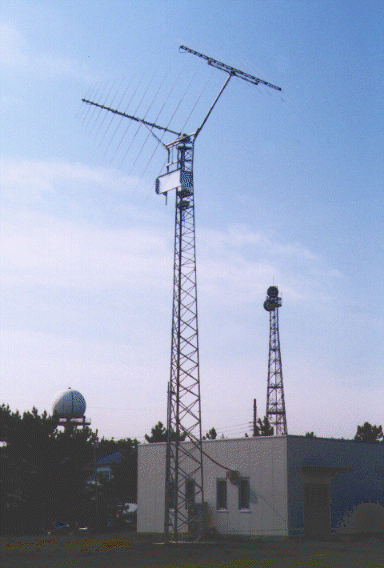
Figure 1. Antenna for detection of decametric radio waves at Kashima.
Jupiter radiates very intense burst-like radio waves in the decametric range of wavelengths. These bursts are the most intense received on Earth, except for emissions from the disturbed sun. Many investigators have observed Jovian decametric radio emissions (JDR) from the ground, and later in space since the first discovery of JDR about 40 years ago, and have studied its various characteristics.
The source regions are thought to be located at Jovian northern and southern auroral regions and/or at the foot of the Io flux tube from evidence based on a wave generation mechanism and the occurrence characteristics of JDR. However so far no direct observation of source location was made because of large refraction caused by the terrestrial ionosphere at such a low frequency. It is difficult to identify absolute source position when the signal is propagated through the ionosphere.
Usually scintillation of ionosphere effects have a time scale of several seconds and longer. If JDR switches its source location between southern and northern hemispheres within sufficiently short time scale compared with that of ionospheric scintillation, we could detect relative source motion. Motivated by this idea, we are planning to carry out interferometric observations of JDR using two antennas located at Kashima and Hiraiso (both are branches of Communications Research Laboratory) spanning about 50 km in north-south direction. Figure 1 shows an antenna newly constructed at Kashima for this study. It is a spatially-crossed 13-element log-periodic antenna with a nominal frequency coverage of 25-70 MHz installed on a 15 m tower as an azimuth-elevation mount.
Presently the Galileo spacecraft's orbiter is orbiting Jupiter, and will measure the Jupiter system and its magnetosphere for at least two years. Therefore it provides a good opportunity to make a direct comparison between observations from the ground and those in situ.

Figure 1. Antenna for detection of decametric radio
waves at Kashima.